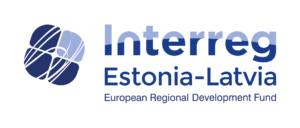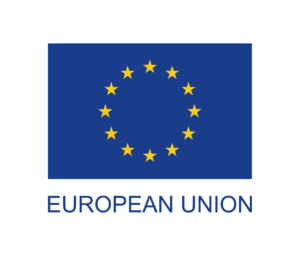Development of the Estonian–Latvian–Estonian neural machine translation toolkit EstLat Translator within the framework of the Interreg Estonia–Latvia programme with the support of the European Union.
Avatar and Tilde are developing Estlat Translator, a machine translation toolkit for Estonian–Latvian–Estonian translations, within the framework of the Interreg Estonia–Latvia programme with the support of the European Union. The aim is to develop an Estonian–Latvian–Estonian machine translation program that can be used by private persons, companies, as well as government authorities. In creating the program, companies from two countries combine their knowledge and skills: Tilde’s considerable experience in machine translation technology and Avatar’s experience and expertise in translation provide a solid foundation for creating a new machine translation program. This translation software would facilitate cooperation and communication between the neighbouring countries Estonia and Latvia: business, tourism, municipalities, and government authorities.
The programme will run from 2019 to 2021.
The programme is funded by the European Regional Development Fund. The total budget of the project is 536,707.26 euros. The ERDF contributes 376,431.64 euros.
The project is implemented in three stages:
- Analysis and specification. In this stage, a user requirements study and analysis will be carried out for a functional and technical specification.
- Development of the EstLat Translator translation toolkit – the core activity of the project, which includes preparation of data, development of the neural machine translation system, development of EstLat’s translation, and pilot work.
- Marketing and sales planning include defining the value proposition and pricing, as well as customer segmentation, marketing communication, planning product sales, and sales.
More information about the program can be found at https://estlat.eu/en/estlat-results/estlat-translator.html
“This website reflects the views of the author. The managing authority of the programme is not liable for how this information may be used.”

